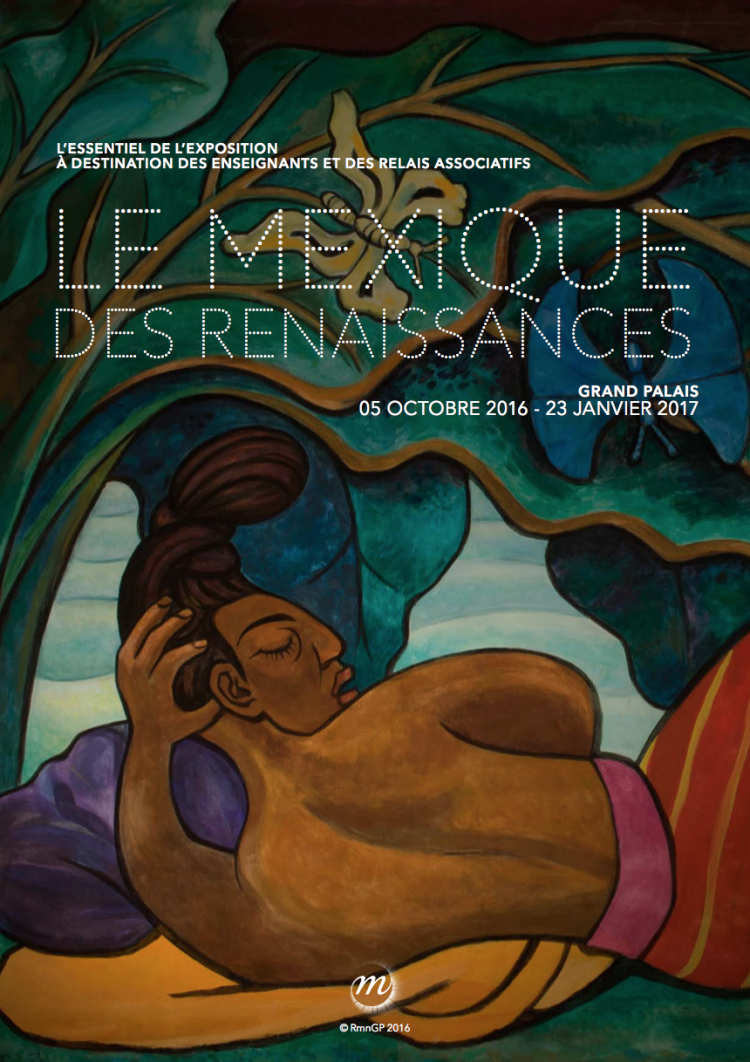Review on Mexique (1900-1950)

From October 5 to Jauary 23, Paris's Grand Palais is showcasing a handful of masterpieces from the most iconic painters of the Mexican avant-garde movement of the 1900s. Organized chronologically, the exhibition shows an artistic transition from cultural conservatism to realism and, ultimately, idealism. Taking up two floors of the Grand Palais, this collection of paintings, sculptures, photos and videos is divided by artistic movement and time period. As the artwork visually narrates the passage of time, the Grand Palais also commemorates its cultural legacy and social impact in Europe.
Image Credit: Camila Craig
Before the Mexican revolution in 1910, artistic production was used to create a national identity, emphasizing a both common background and the great diversity found throughout the country. However, famous Mexican painters, such as Diego Rivera and Ángel Zárraga, instead closely followed the modern European aesthetic, and created a language of their own. Influenced by Romanticism and Realism, Mexican artists of the 20th century adopted post-Impressionist techniques and gained recognition within the international avant-garde circles. Painting in Mexico did not only become a career path, but a way of portraying the culture’s “return to order.”
The revolution drastically changed the political and cultural identity of the country. As the bloody war took thousands of victims, it also changed the social structures, daily lives, and artistic language. Artwork suddenly started displaying a left-wing ideology, experimenting with new styles, and following new currents. This shift allowed the emergence of “The Big Three:” Diego Rivera, José Clemente Orozco and David Alfaro Siqueiros. These artists did not only portray an established Nationalism, but showed the violence of the revolution, the proletariat struggle, and a social utopia.
Río Juchitán by Diego Rivera (1953-1955). Image Credit: Camila Craig
In another section of the exhibition, “The Big Three” also praised the role of women in this recently modified society. The revolution allowed the birth of “protofeminism,” which encouraged women to assume new roles, both in the armed forces and in the reconstruction of their country. Some women were inspired by this cultural shift and decided to become artists themselves. They aimed to find a voice that was not shaped by a man’s perspective, and therefore participated in the quest for artistic recognition. One of the most successful of them was Frida Kahlo, who is also showcased in the exhibition.
The Two Fridas by Frida Kahlo. Image Credit: Camila Craig
Aside from “The Big Three,” the Grand Palais also features other artistic movements that were present in the Mexican painting school. Mexico City was a popular destination for those artists who fled political prosecutions in Europe, and therefore became an international cultural center. Artists such as Ramón Alva de la Canal, Germán Cueto and Fermín Revueltas were heavily influenced by Italian Dadaism and Surrealism, techniques which were used later in Mexican painting, photography, and literature.
People admiring Proyecto de Nacimiento de Venus by Juan O'Gorman. Image Credit: Camila Craig










